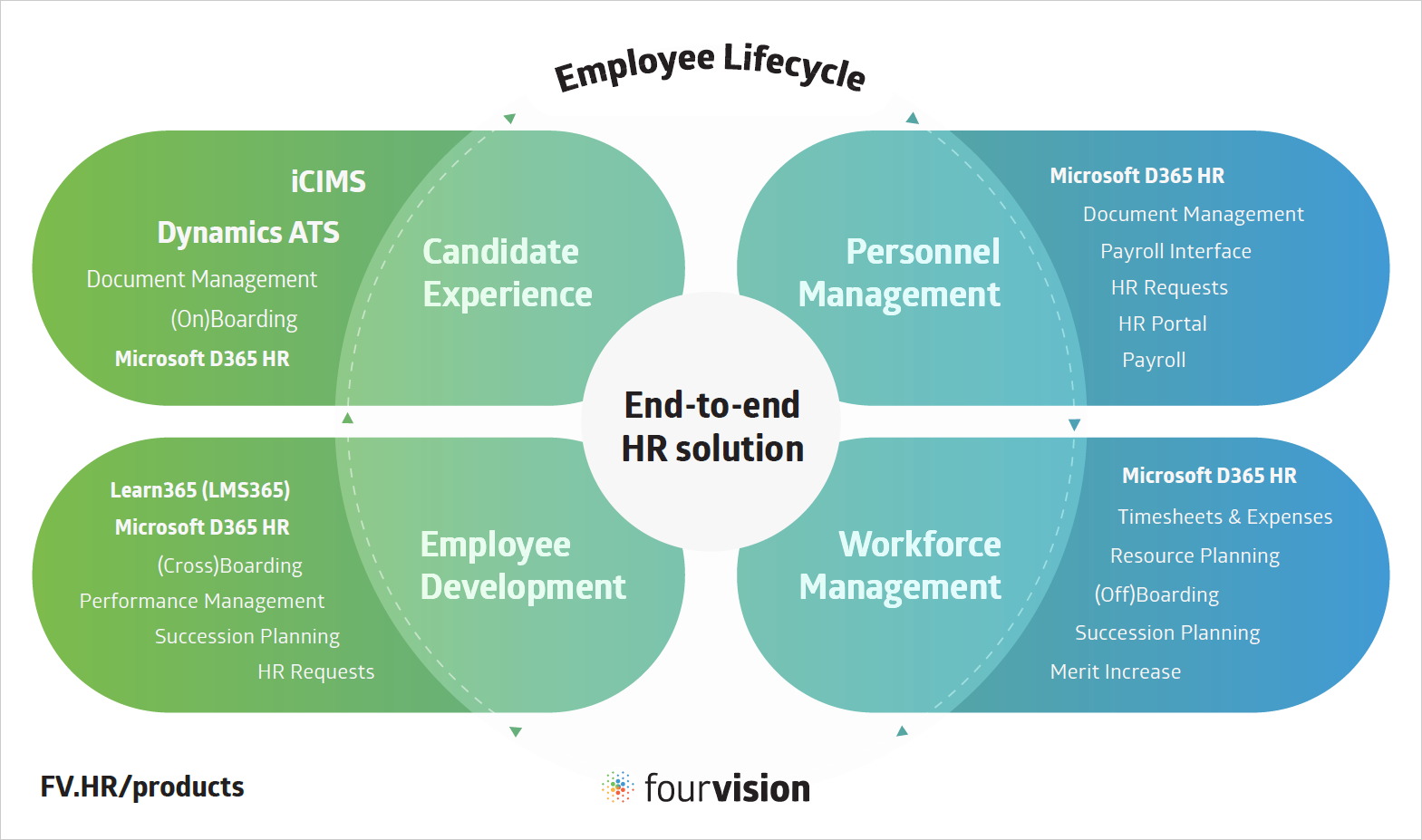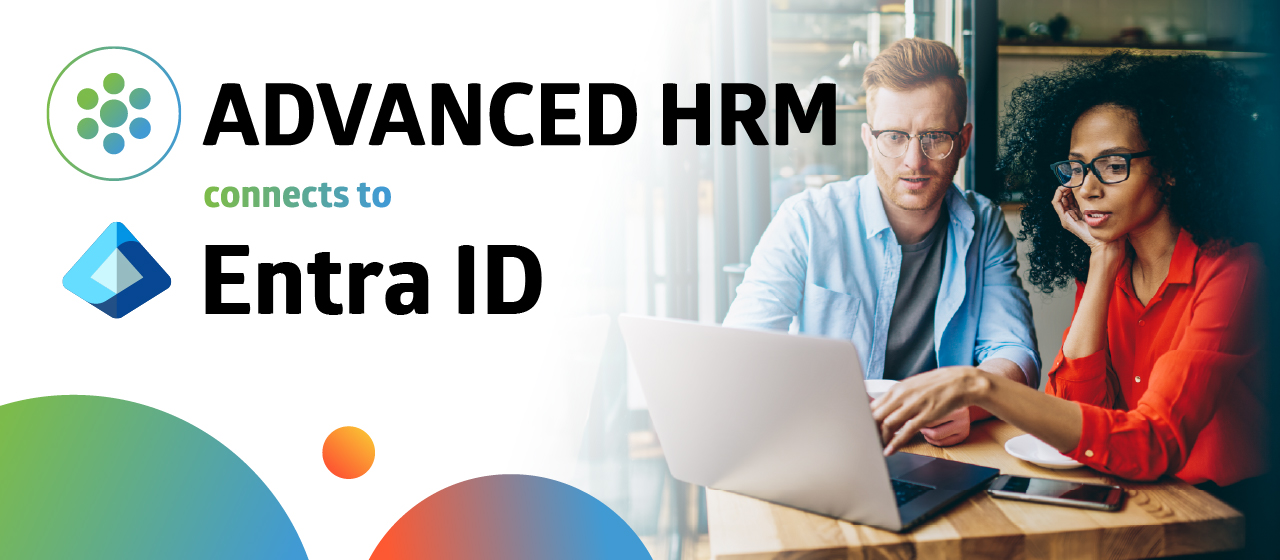In this article we will give you an overview of what is an End-to-End HR Process and why you should care for it.
Let’s start with some context.
HR used to be the last wagon on the train. More administrative and hardly capable to be an addition to the business decision-making process. But, with the introduction of new HR technology, came the ability to change that.
Today, HR is widely recognized as one of the most important departments in any organization. The Human Capital Management (HCM) function is tasked with the management of the organization’s most important assets, its people.
But, with great power comes great responsibility. That means that HR needs to have solid processes and solutions in place to keep up with its new standing.
End-to-End HR Process: what is it?
The complexity of businesses today is becoming more HR reliant. This increases the risk and cost of HR disruption, which has effects beyond HR.
The largest the business, the harder it becomes to manage hundreds or thousands of employees, partners and finances manually.
That is why an increasing number of companies are starting to analyze their HCM processes and searching for solutions to optimize efficiency, automate their routine tasks and get HR a seat at the decision table.
An End-to-End HR process is, as the name indicates, the process that accounts for all the stages of the employee lifecycle, from one end to the other. It covers a range of processes and solutions that should enable and enhance the candidate experience, employee development, personnel and workforce management. Or, in simple terms: Attract, Hire, Develop and Advance.

Why think about it?
Often, the HR professional is the first person a new employee sees and the last person an employee meets before leaving a company.
Therefore, HR professionals have a crucial role to play in the growth of an employee, while making sure that growth is in accordance with the business objectives.
Today, that is very hard to do without a well-structured process, supported by smart solutions.
A good End-to-End HR process backed by good technology will reduce errors, support employees throughout their journeys and give you enough data to provide reports that can be used for improvements.
When human resource departments take the end-to-end approach, companies are more likely to see all-round growth.
What should it cover?
The simple answer? Everything in HR.
It should cover the administrative part, reducing the time taken by routine tasks and optimizing efficiency between HR and the rest of the company. The process should also account for the people processes management to make sure employees get what they need from HR. It should take into account the IT side of things, connecting seamlessly HR and people data with the rest of the organizational systems. And finally, it should also cover the analytics needs within HR, making sure the data is useful and can be taken into consideration in the decision-making process..
At FourVision, we believe the End-to-End HR process must include five fundamental stages: Candidate Experience, Employee Development, Personnel Management, Workforce management and Analytics, which ties all previous stages together. Let’s get into each of them.

Candidate Experience
When an End-to-End process is referred in HR is usually at this stage: the end-to-end recruitment process.
Indeed, the Candidate Experience stage includes the complete recruitment process, from attracting talent to the onboarding of a new employee. It involves processes such as employer branding, sourcing, screening and submitting CVs, interview process, selection, offer letters, contracts signing and onboarding. If you want to improve the process, be sure to use our free Candidate Experience blueprint.
Employee Development
This stage involves all the processes that concerns the growth of any employee. Things such as training, performance management, cross-functional movements and succession planning, to name a few.
These processes have the particularity of being shared by employees and HR professionals.
Personnel Management
At this stage, the primary goal of these processes is to ease the job of HR. They should aim to automate time-consuming tasks, and share the load with the rest of the organization.
Typical Personnel Management processes include document management, time registrations, payroll and HR administrative requests.
Workforce Management
Last, but not least, comes Workforce Management. The stage that allows HR to have an overview of what is happening with the entire workforce.
Processes included in this stage are, for example, skills mapping, performance management, workforce planning and offboarding.
Analytics
Analytics ties all the previous stages together. Each step of the process should produce data that is collected, stored and can be turned into reports to support business decisions. And that leads us into technology…
End-to-End HR Process: connection to technology
All of the above is humanly impossible to handle manually. You already understood that if you read this far into the article.
Although people is still at the core of HR, digitalization comes in as an enabler. Reduces time with boring tasks, automates and increases efficiency, connects HR professionals to their stakeholders and it empowers them with accurate data to support their decisions and changes they wish to see in the organization.
Each stage above can be supported by HR technology. Multiple solutions have been designed for recruitment, employee management, training and more are coming. That’s where we are all moving towards and there’s no turning back.
So, whatever you need to support your HR processes, there are tools for it. From one end to the other, and everything in between. And we can definitely help you with that.
Key takeaway
If your business is still on an HR train ran by coal, then you are losing valuable time and “damaging the environment”. Consider switching to and End-to-End HR Process that can be covered by a range of solutions that support it.
Talk to us and let us show what we can do for you. In your own time you can even take a listen to our podcast as we cover a lot of these processes.
A solid End-to-End HR process will have an immediate impact in how easy it is to manage all aspects of HCM, and empower you to do more in less time, saving you money in the long-run.




